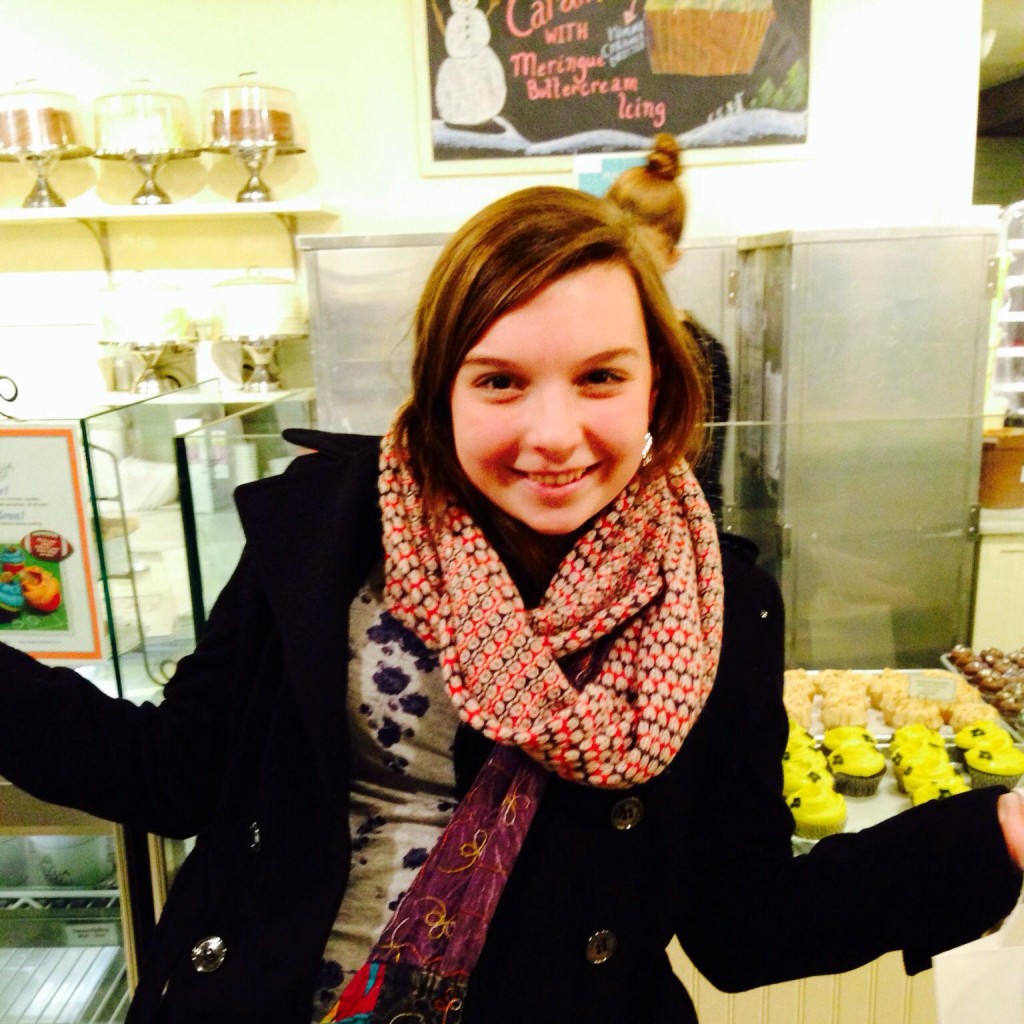So far, PCUR bloggers have focused on what we’ve learned from our own research journeys. This week, I thought I would share an interview I conducted with another student last fall about what he/she is working. Princeton students are always involved in something interesting, and Alex Herr is no exception.
I met Alex in our freshman seminar, Earth’s Environments and Ancient Civilizations, in which we travelled to Cyprus and analyzed topics of climate, minerals, and topography using geophyics and other scientific methods. A proud Forbesian and member of the class of 2017, Alex is a tentative Ecology and Evolutionary Biology major and plans on getting certificates in Computer Science and Latin American Studies. Last semester, she was enrolled in JRN 440: Unconventional Foreign Correspondence, a creative writing poetry class, GEO 365, and SPA 103.
What are your favorite pieces of research from past classes at Princeton?
Last year, in Ancient Egyptian Archaeology, we went to the archives of the art museum and were assigned a certain number of Egyptian scarabs, or beetle-shaped amulets. Scarab beetles were used as seals mounted on rings or simply as amulets placed over the heart of a mummy. Our final project was to identify where the scarabs in the art museum were from and whether they were real.
Scarabs are the ancient world’s equivalent of an “I Love NY” shirt. As individual records, they are not that special, but as conglomerates, they tell researchers a lot about a time period. One of my scarabs had been listed as a fake, but I was able to make an argument for its authenticity.
One of my other favorite research projects was part of FRS 187: Earth’s Environments and Ancient Civilizations. We took samples from gypsum deposits in Cyprus and brought them back to Princeton. Here, we polished them in the geo labs and took high resolution photographs of them. My partner Lia wrote a program that analyzed the RGB levels of a series of pixels along a cross section of the photos. Using that program, we were able to count the distinct layers that were in the gypsum. From that data, we postulated ideas about what was controlling the gypsum deposition during that period.
How does research in your journalism class differ from those past experiences?
Journalism research is similar in that it involves significant amount of digging in databases to find research topics of interest. My journalism class so far has involved a lot more interviews and personal field trips than classes in the past. For example, I’ve gone to a detention center and a local Princeton pick-up spot for day laborers for two of my recent pieces. Journalism requires a slightly different toolbox: you always need a notebook and recorder ready, and need to get people’s contact information and check the spelling of proper nouns, and so on.
The main difference between journalism research and the research I’ve been accustomed to is that journalism projects often require dealing with ethical questions that other research projects may not entail. You don’t always have the freedom to use all the information you find, since people view your research as something for publication and get nervous, especially in my experience about topics related to immigration. People have sometimes given me certain information that they have not wanted me to print.
What are you working on now in class?
I just finished a project in which I conducted an interview of one of my students at El Centro, where I teach ESL to local workers every week. I constructed an oral history of my student’s experiences in the US by conducting an interview and then transcribing it.

— Vidushi Sharma, Humanities Correspondent

